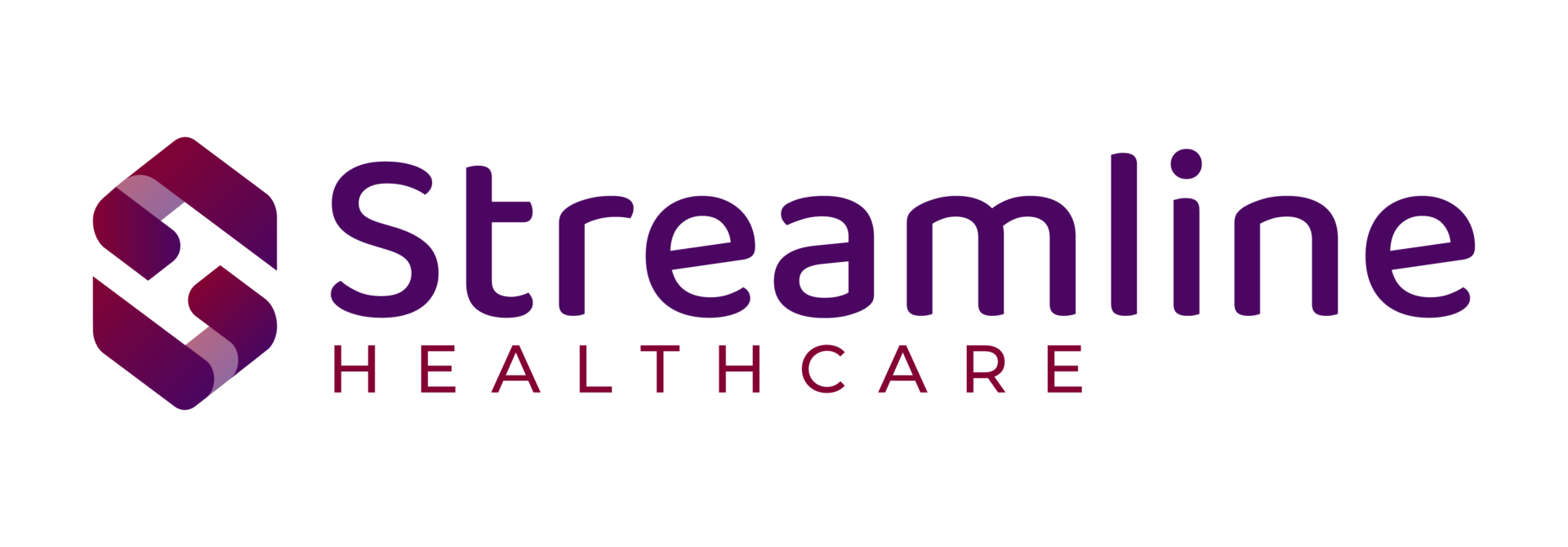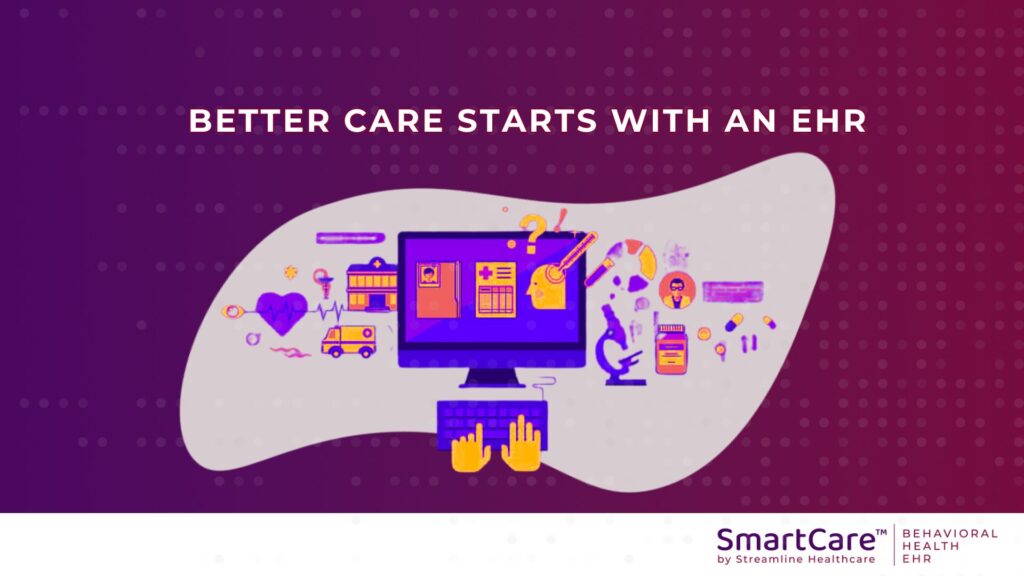There’s never been a more dynamic and innovative time in the health and wellness industry, leading to the best treatment for clients. Many updates and adaptations have replaced archaic systems and processes, and created streamlined, efficient approaches that save time and cost. Providers are able to better serve their clients, and clients receive more personalized care and understanding. While endless changes have occurred in the last few years, we anticipate even greater new trends in 2020. From regulation changes to enhanced data access, exciting changes are explored in our look at the year ahead.
Predictive Analysis
Predictive analysis is a game-changer in improving client care. It’s a method using statistics, modeling, and data mining, partnered with artificial intelligence. It’s able to predict clinical outcomes based on both current device data and Electronic Health Records. Predictive analysis has a significant reach, and its impact will only increase with more and more adoptions. According to HealthTech Magazine, it already influences various aspects of the healthcare and wellness industry, from resource allocation to staffing optimization. The technology creates great value for providers through better information reporting on their clients. As a predictive tool, it offers measurable risk assessment data, admission histories, and detailed results.
Expanded Data Access for Clients
With healthcare data becoming captured through technology, Electronic Health Records have changed the way that clients are able to access and comprehend their data. Currently, only some providers have made this valuable switch. As a new gateway to learning and taking health into one’s own hands, expanded data access will be a prevalent change in the next year. Many regulations are now beginning to require it, making it more important for savvy businesses to stay ahead of the trend. The Millennial generation especially expects and anticipates instant access and instant communication options, and this will become more demanded as future generations who are used to technology enter the healthcare system.
Not only does increased data access benefit both providers and clients, but it acts as an engagement tool as well. Whether through communication portals, prescription and appointment requests, or interface interaction, both parties are able to connect easily and at any time. It not only improves the client experience, but provides a safe way to store health sharing information. With time, today’s portals will continue to develop their functionalities and capabilities, becoming more specific to the users and their medical journey.
Simplified Documentation
As any clinician will undoubtedly attest, data entry is a time-consuming and exhausting task. While providers no longer have to consult paper charts or fill out pages and pages of histories, the daily burden of adding data for each individual client is extreme. In response, the American Medical Informatics Association has called for decreasing the overall strain of data entry through a clearer process. They recommend separating data entry from data reporting. Data could be entered by the patient, family members, and the care team, and then used in multiple ways to generate customized reports. Through EHRs, a systematic learning and research process can be consulted at the point of care during routine practice. AMIA’s initial research into this problem began years ago, and is now morphing into a viable solution. EHRs in 2020 aim to give the same importance to client’s and clinician’s submitted information, creating customized reports for better transparency and treatment.
Speech Recognition
Speech recognition software is flooding across industries all over the world, and in the medical field, it’s helping reduce data entry duties for providers. These voice tools enhance EHR usability drastically, and in doing so reduce expensive administrative burdens. Accuracy in the healthcare system is key, and the software is rapidly becoming a strong and efficient addition to everyday processes. Documentation is easier and faster. While not yet infallible, the software is growing rapidly to deliver exact and trustworthy reports.
Many providers have utilized dictation in the past and still use it. While dictation has some similarities, it requires expensive transcription done by a team of personnel. It is a lengthy process, often filled with errors, and requires the submitting providers to proofread what is returned to them. When mistakes are missed, it can drastically impact a client’s treatment. When errors are caught, it still causes delays and adds time for the provider to ensure accuracy and updates. Unlike dictation, voice recognition technology analyzes the natural language process to allow words to be parsed into discrete data fields, as opposed to blocks of free text. It can intuitively interpret commands and narratives. Properly utilized EHR systems with speech cognition functions relay accurate information regarding care plans and history updates, minimizing errors and saving valuable time.
Regulation Increases
Legislation changes and regulatory requirements are a continuing aspect of the medical industry. Requiring certification procedures and data exchange interfaces (like EHRs) are just part of the legal requirements that are occurring state-wide or nationally. There are now additional efforts to create a more interoperable healthcare system overall. With a goal to unify the standards of healthcare, companies are looking to ensure a seamless flow between systems. Integrating EHR data through all portals is essential. This information sharing will better facilitate data and allow greater collaboration through all involved parties.
Through the exciting changes coming in the following year, technology continues to lead the way for maximum efficiency. Each new trend allows clients to receive better treatment, understand their health and wellness needs, and gather the resources to move forward. Providers are better able to connect with their clients, offer unique and specific treatments for each person, and lessen their own rate of burnout from overwhelming administrative duties. The outlook is impressive and fascinating to be part of, as the healthcare industry continues its influential and progressive actions to be a better experience for providers and clients alike. 2020 will be a game-changer in productivity and efficiency, and the companies that are leaders in the industry’s upcoming trends will ensure a prosperous and successful new year.




